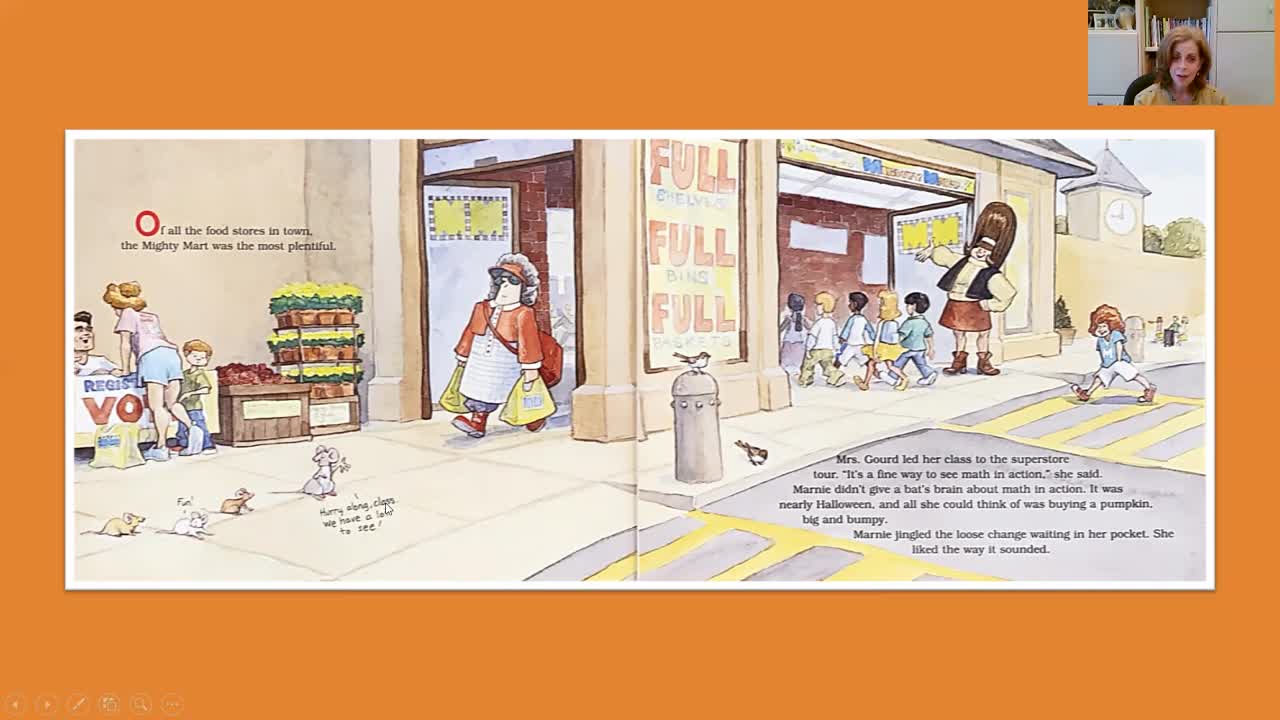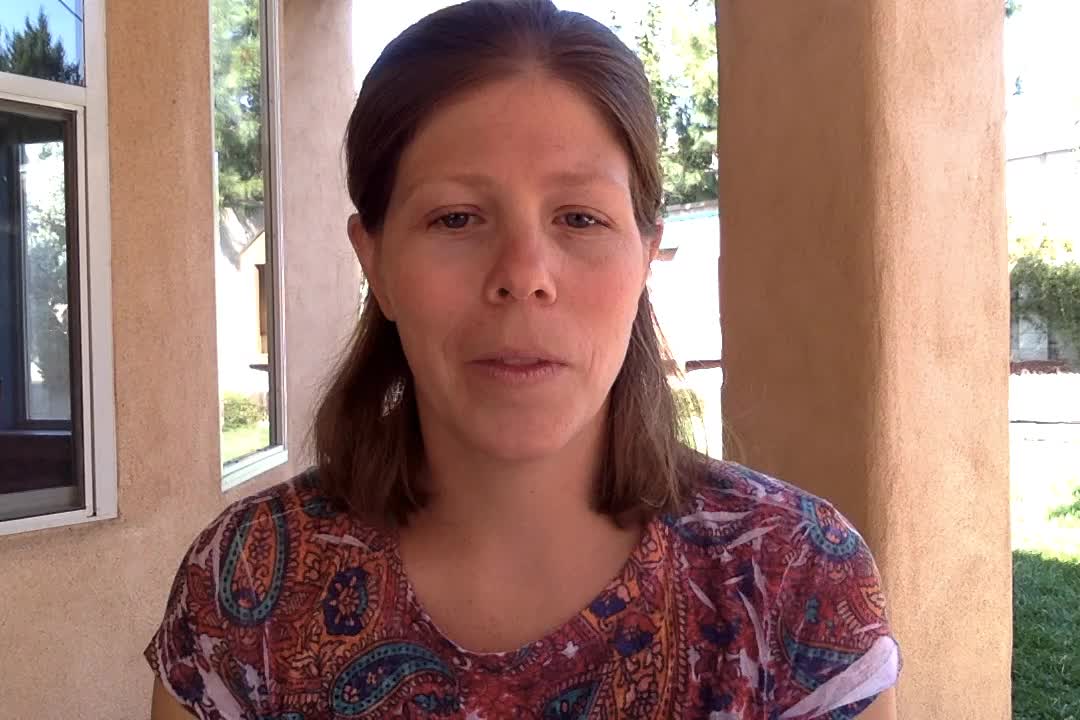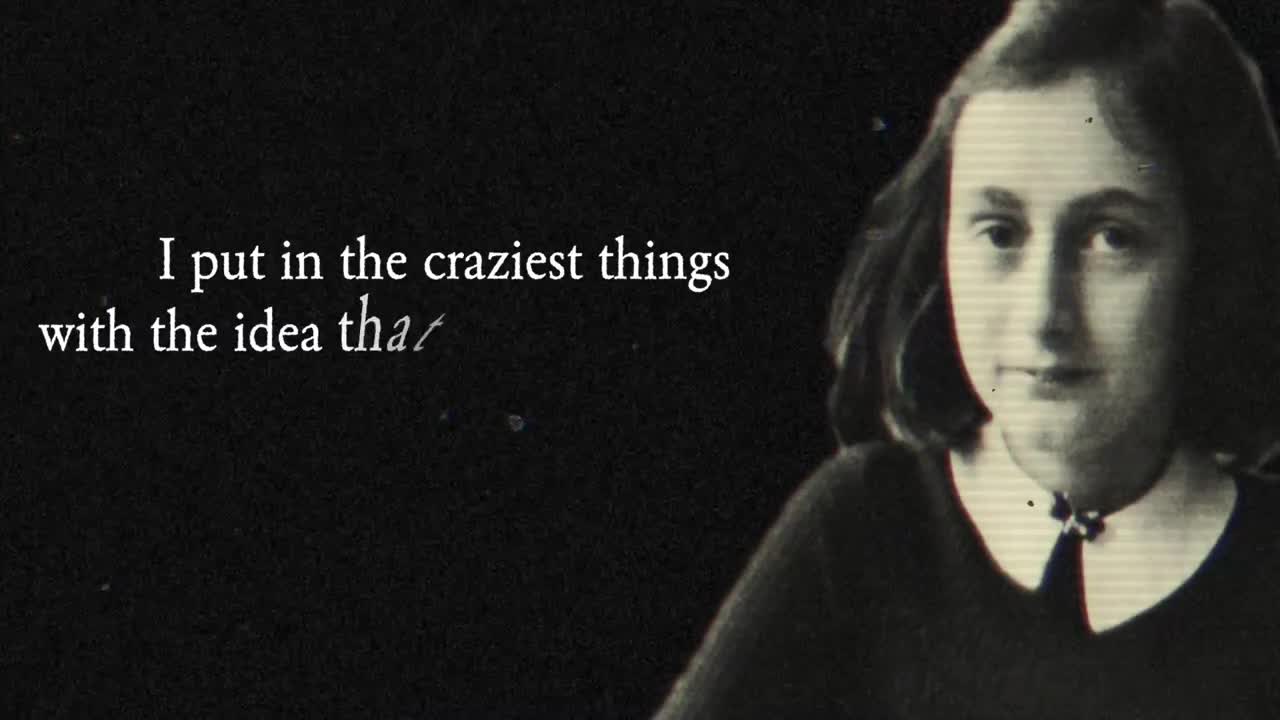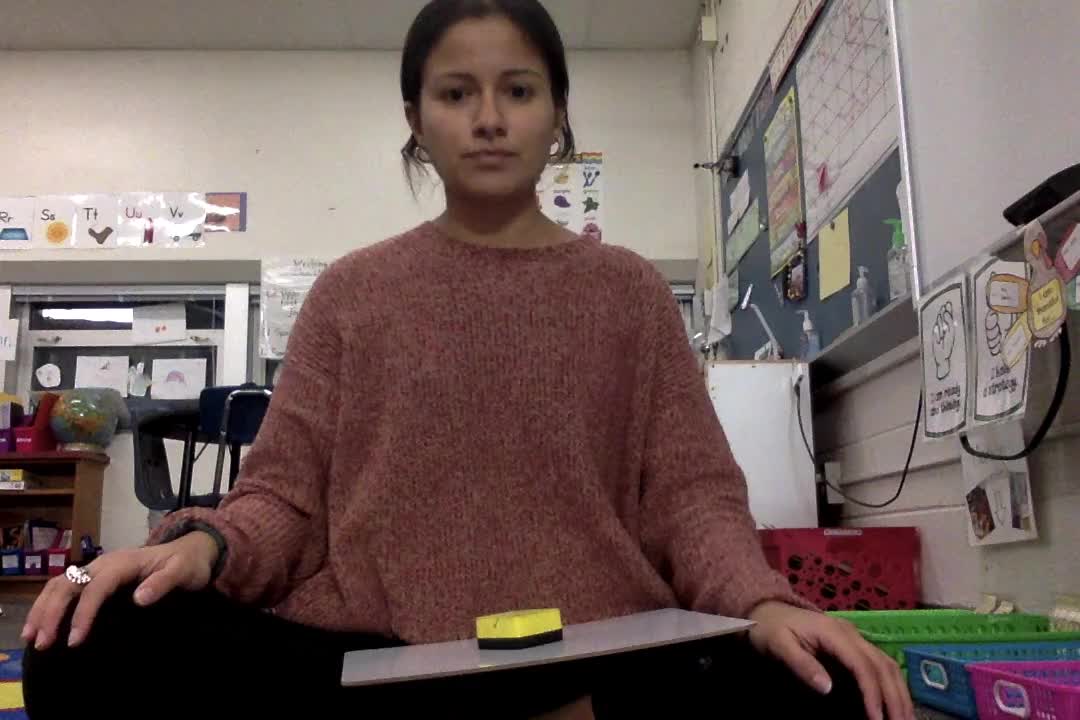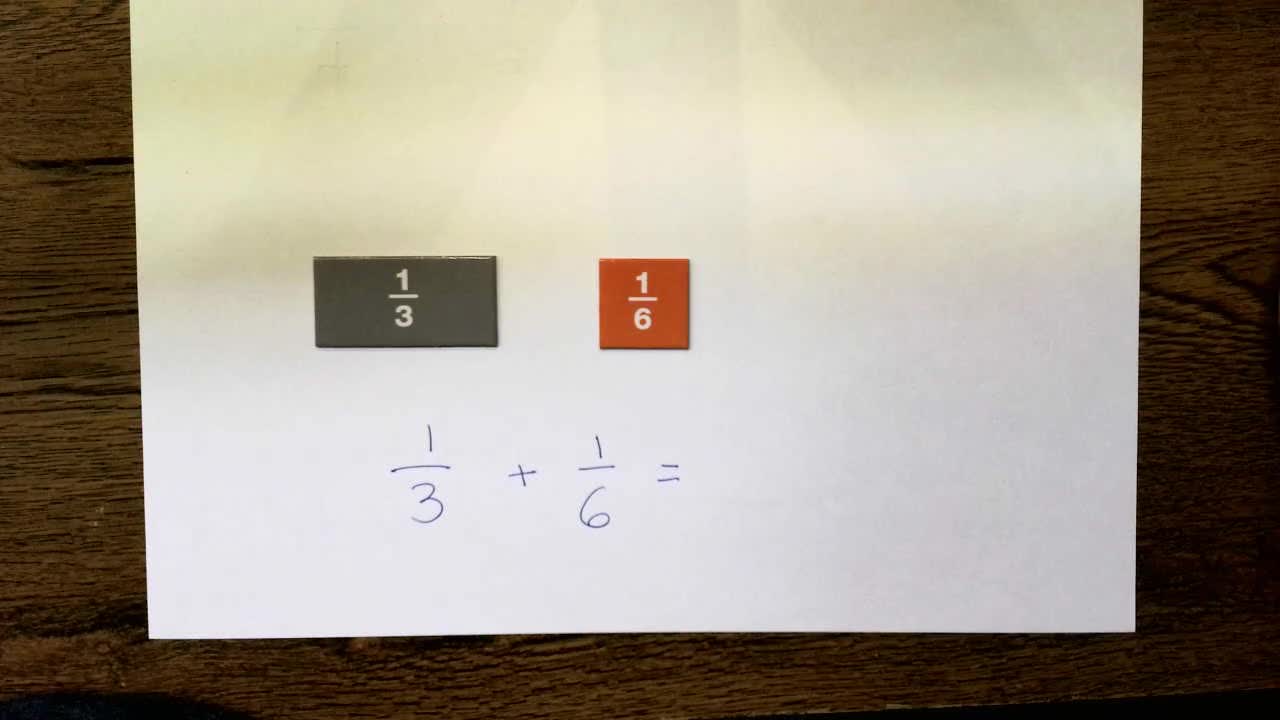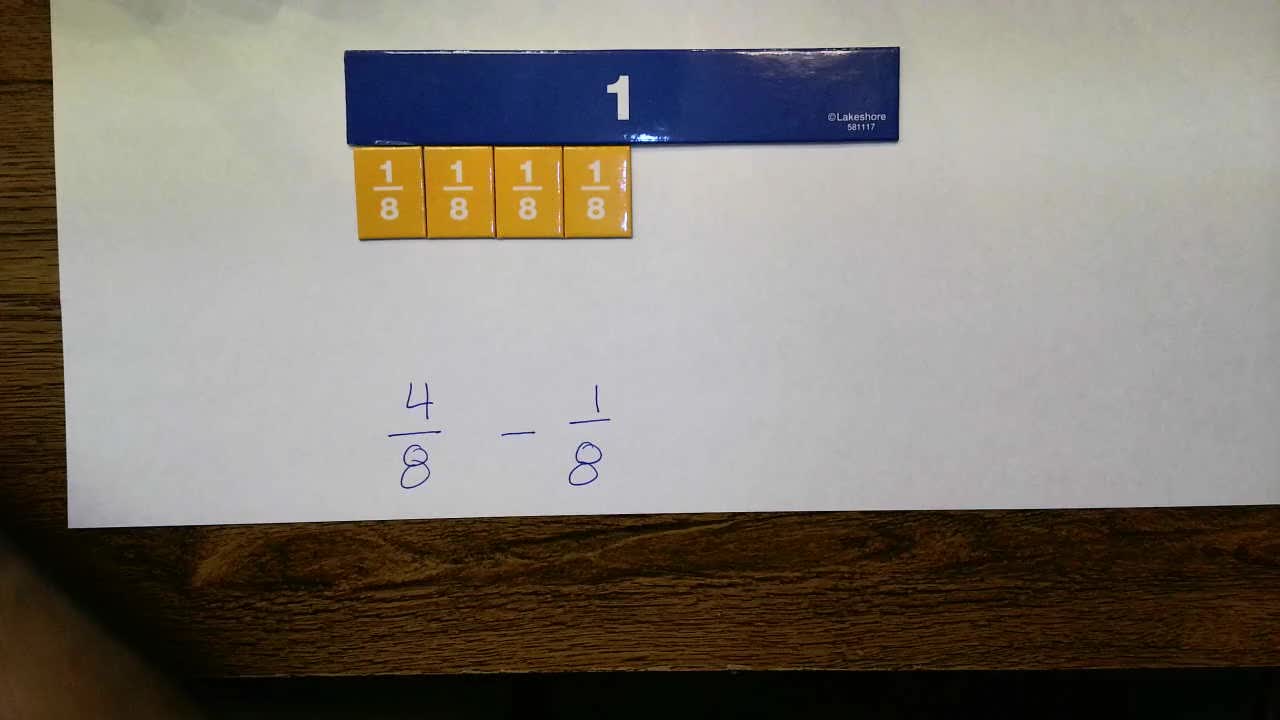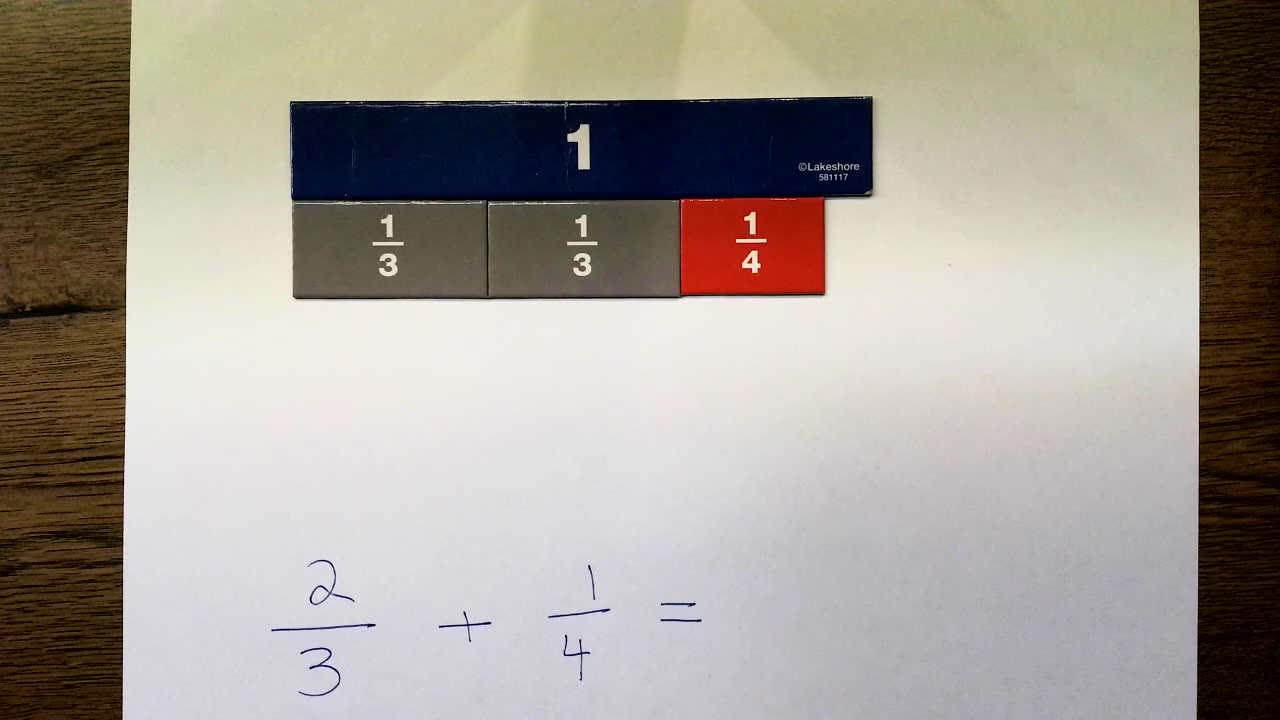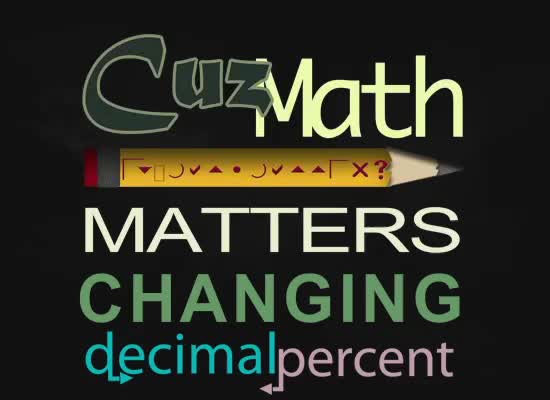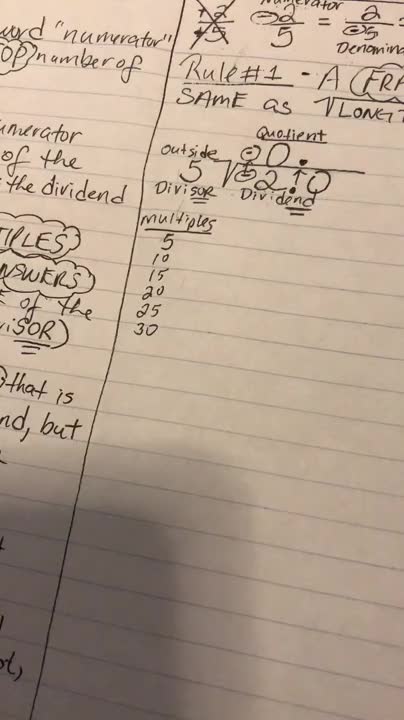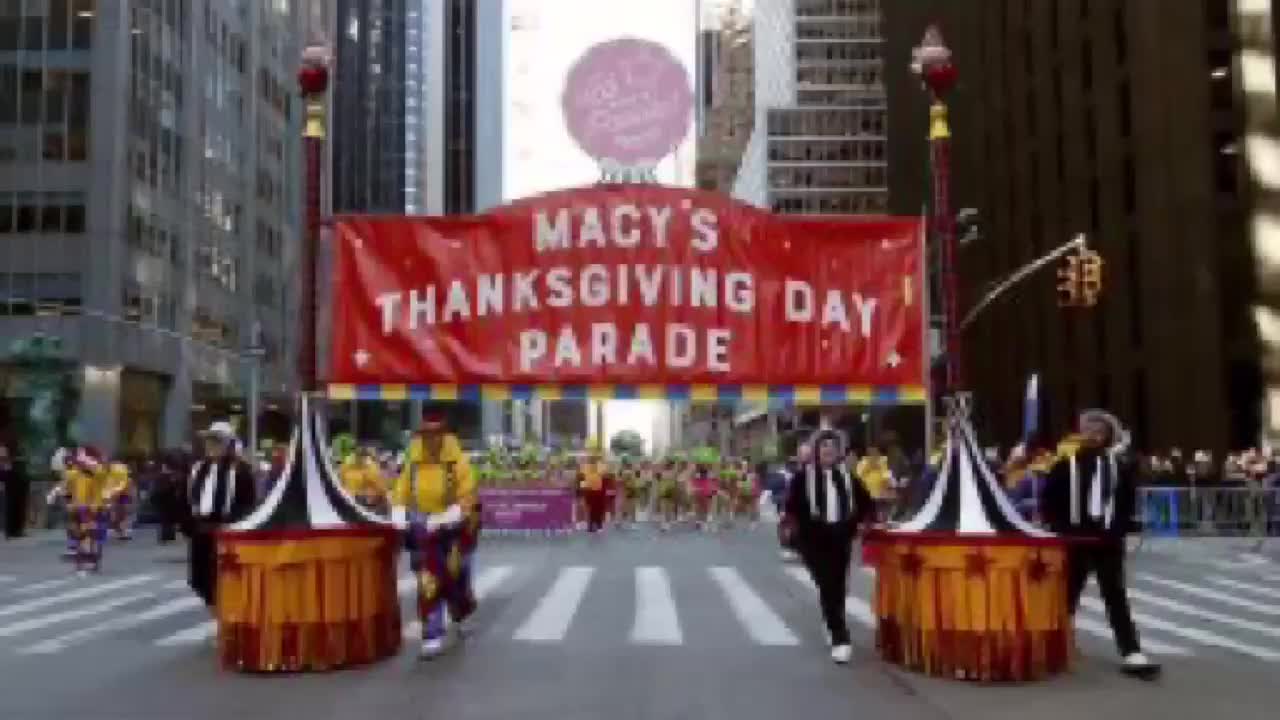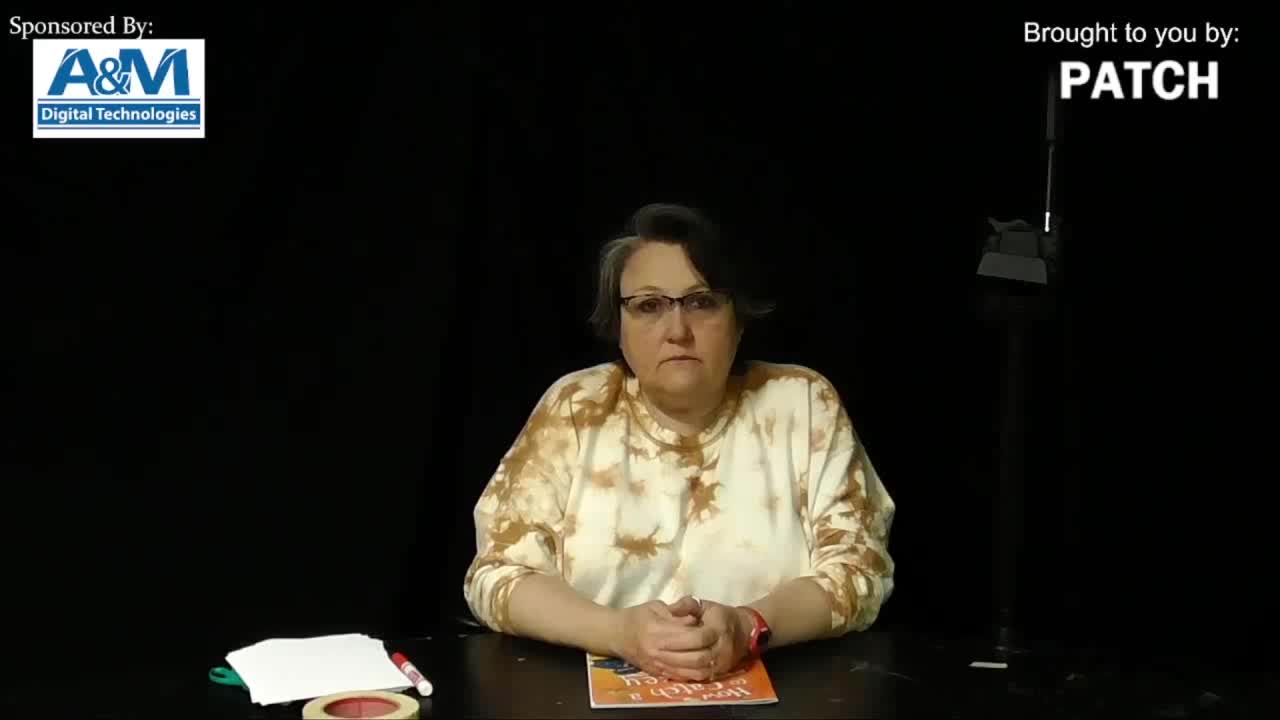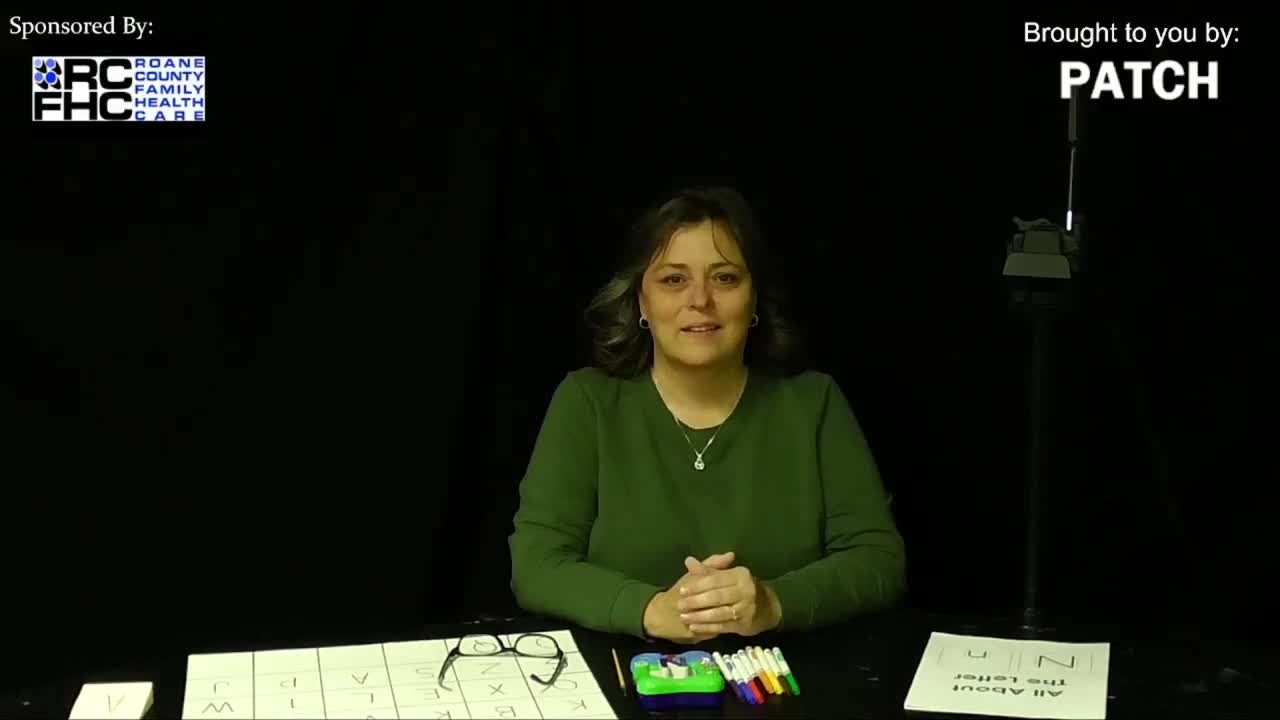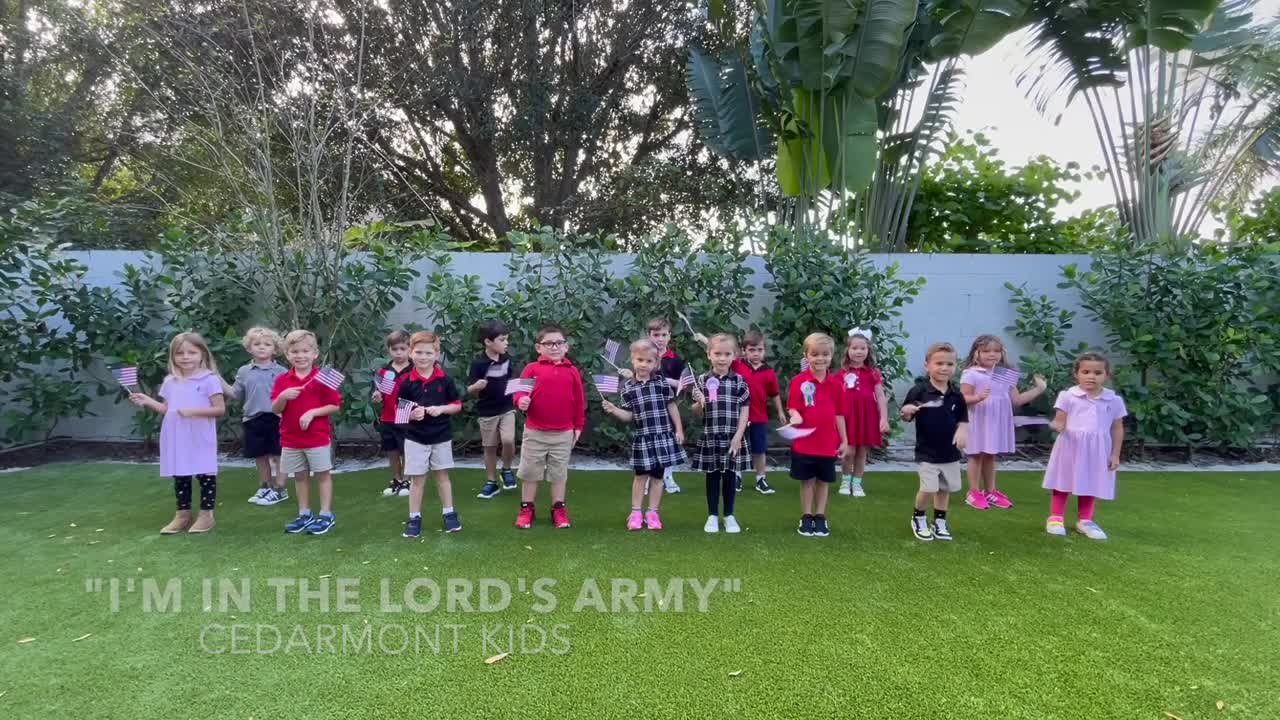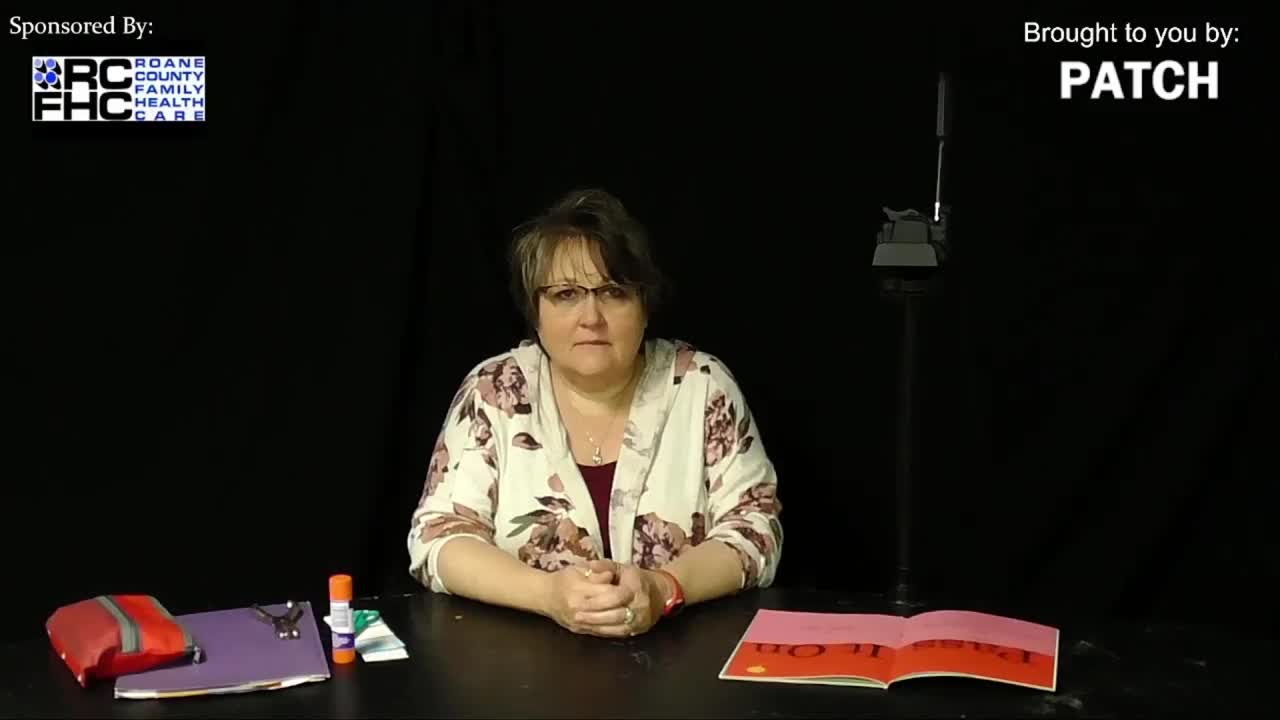Week 7 Lit Terms- Figurative Language
Elementary / Math / Ratios and Proportions
Some of these we've discussed before, such as similes. + He is fast as lightening. + She is sly like a fox. + It’s steady as a rock. +I float like a butterfly, sting like a bee! And Metaphors... +Some say love it is a river, which drowns the tender reed. Some say love it is a razor, which leaves the soul to bleed. Some say love it is a hunger- an endless aching need. I say love it is a flower, and you its only seed. Simile and metaphor are just general examples of figurative language though. There are many other branches that similes and metaphors can be applied to that have more specific labels. One of the most common forms of figurative language, for example is overstatement or hyperbole, which we've also previously covered in this course. Overstatements or hyperbolic language is exaggeration, wherein the speaker or write states something that is clearly greater than what they literally mean, to creatively express the same thing, and of course understatement is doing the exact opposite, which is also figurative. Ex. Overstatement/hyperbole That football player hits like a Mack Truck. + You snore louder than a hurricane. Ex. Understatement The Grand Canyon is somewhat large Sometimes these are used along with sarcasm, which often express the opposite of exactly what it states. This requires paying attention to tone and content, making it less obvious in written form than when spoken. + I just love working long hours for minimum wage. + It looks like you beat me in another game- I'm SO happy for you. + Oh I can’t wait to do chores all weekend- that will be much more fun than seeing my friends. +No, I didn’t cut myself shaving- I’m just wearing this Band-Aid as a fashion statement. Personification is a form of figurative language which ascribes human characteristics to a non-human thing. Doing so allows us to relate descriptions of behavior or appearance to ourselves. Ex. The sunset slowly kissed the horizon. The bed embraced her eagerly at the end of the long work day. The leather bucket seats hugged my body snugly and massaged my shoulders as I shifted into third gear. The last form of figurative language we'll discuss here is the application of symbolism to a text. Symbolism is simply using one thing to represent something else, or allude (refer) to it. Examples of symbolism include: + Using an apple to represent education + Using a country's flag to represent patriotism or nationalism + The $50 bill in "Black Coffee."
